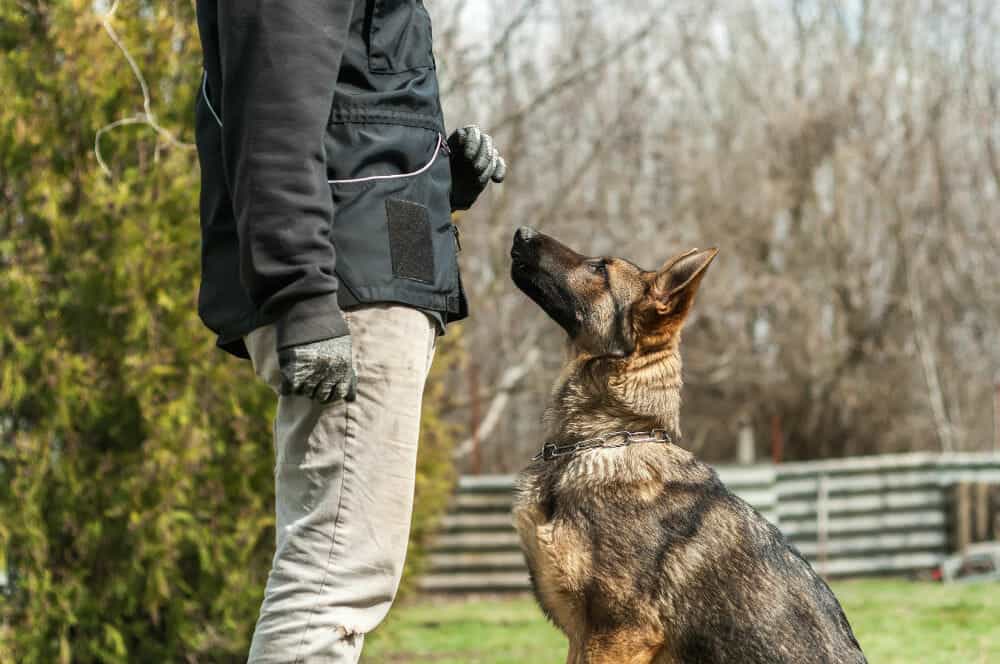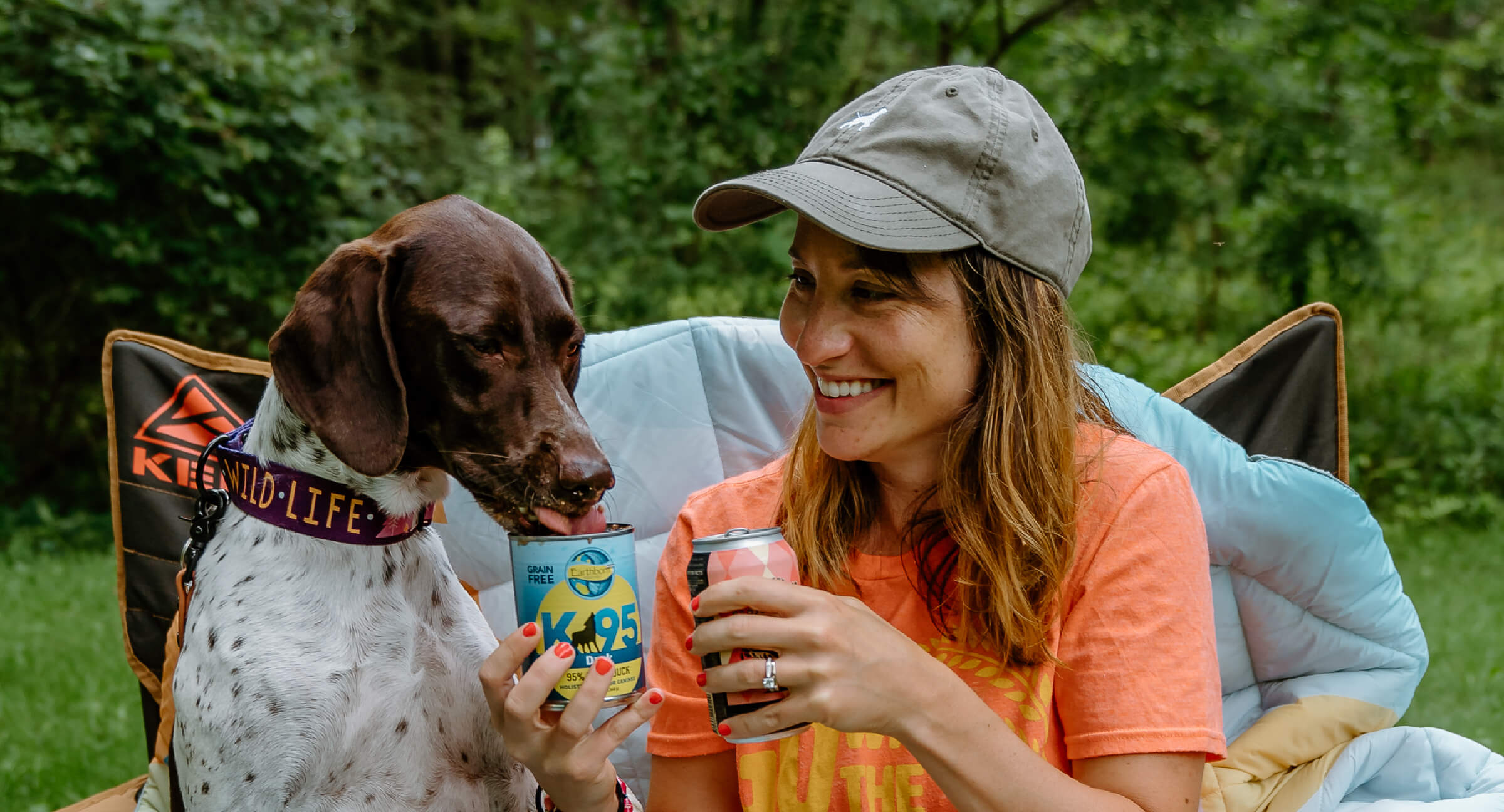Vital Tips for Successful Dog Training: A Guide for Animal Owners
Reliable pet dog training is a complex procedure that needs a calculated method tailored to both the animal's personality and the proprietor's purposes. Comprehending how to browse these barriers can dramatically improve the training experience, inevitably transforming the relationship between proprietor and pet dog.
Comprehending Dog Behavior
Recognizing dog actions is crucial for reliable training and fostering a harmonious partnership between dogs and their owners. dog training. Canines connect mainly through body language, articulations, and actions, making it critical for proprietors to translate these signals accurately.

Socializing plays a substantial function in pet behavior; direct exposure to various settings, people, and other pets can substantially affect a canine's character. Factors such as type features and private temperament should guide training approaches, as some types may have details behavioral characteristics that require customized techniques. By understanding these components, owners can create an encouraging atmosphere that urges positive habits, bring about effective training outcomes and a deeper bond with their pet dogs.
Establishing Consistent Commands
Efficient communication with your pet dog begins with developing consistent commands. This foundational aspect of training is crucial for promoting understanding between you and your family pet. Consistency in the commands you utilize makes certain that your pet dog can accurately connect details words or expressions with the wanted habits.
When picking commands, select clear, unique words that are simple to claim and distinguish from each other. Stay clear of making use of similar-sounding commands that might perplex your pet dog. For instance, utilizing "sit" and "remain" is suitable, however "rest" and "struck" could lead to misconceptions.
Additionally, preserve the very same tone and volume for each command. Canines are sensitive to singing signs, so varying your tone can produce confusion.
It is similarly important to make certain that all family members get on the exact same page regarding the commands made use of. A united front in command use will certainly protect against mixed signals and reinforce the learning procedure.
Positive Support Methods
The power of positive support in canine training depends on its capacity to motivate wanted habits through rewards and appreciation. This method is grounded in the concept that behaviors adhered to by desirable end results are more probable to be repeated. By incorporating favorable reinforcement right into your training program, you can effectively form your canine's actions in a useful manner.
To execute favorable reinforcement, it's vital to identify what motivates your pet, whether it be treats, playthings, or verbal praise. When your dog executes a desired activity, such as resting on command, promptly reward them with a treat or love. This association between the command and the favorable outcome enhances their understanding.
It's important to timing the incentives appropriately; supplying the support within secs of the wanted actions helps your canine make the connection (dog training). Additionally, consistency is crucial-- guarantee that all relative make use of the very same commands and incentive systems to avoid confusion

Slowly, you can lower the frequency of treats as your canine discovers the behavior, transitioning to applaud or recurring incentives. This method not only promotes a solid bond in between you and your pet yet also promotes a favorable knowing atmosphere, making educating an enjoyable experience for both.
Socialization and Interaction
Continually exposing your canine to a variety Continued of settings, individuals, and various other animals is critical for their social growth. Socialization should start this link early, ideally throughout the important home window of 3 to 14 weeks, when pups are most responsive to brand-new experiences. Older pet dogs can likewise benefit from ongoing socialization initiatives.
Present your pet dog to different setups, such as parks, pet-friendly shops, and city areas. This exposure helps them adjust to numerous stimuli, decreasing anxiousness and anxiety actions. Urge favorable communications with other dogs and individuals, ensuring that these encounters are controlled and safe to foster confidence.
Make use of structured playdates with courteous pets, as this can enhance your dog's social abilities and show them suitable actions. Obedience courses and training sessions additionally provide superb opportunities for socialization, allowing your canine to engage with others in a monitored environment.
Monitor your canine's body language throughout interactions, as this will aid you assess their comfort level. Slowly boost exposure to even more challenging scenarios while ensuring that each experience is favorable. A well-socialized dog is more probable to display balanced habits, making them a pleasure to have in any kind of setup.
Attending To Common Training Difficulties
Every pet dog owner will certainly come across training challenges eventually, regardless of their canine's age or socializing level. Determining common problems such as stubbornness, distractions, and terror can help in developing reliable strategies for improvement.

Diversions during training sessions can thwart focus. To fight this, start training in a peaceful setting with minimal stimuli. Progressively introduce distractions as the pet dog ends up being a lot more his response competent in commands. Short, regular training sessions are additionally efficient in maintaining focus.
Fearfulness can prevent a pet dog's understanding process. Progressive desensitization to the source of anxiety, coupled with positive support, can help alleviate anxiousness. Perseverance is vital; never ever compel a pet dog into a circumstance that creates distress, as this may aggravate the concern.
Eventually, understanding and attending to these typical obstacles with an organized method will certainly foster an extra productive training experience, enhancing the bond between pet dog and owner while promoting effective discovering.
Conclusion
In summary, successful canine training relies upon a comprehensive understanding of canine habits, the facility of constant commands, and the application of positive support methods. Socialization plays an essential role in establishing well-adjusted pet dogs, while dealing with common training challenges calls for patience and adaptability. By carrying out these essential strategies, pet owners can foster a solid bond with their dogs and promote desirable behaviors, inevitably causing an unified partnership between humans and their canine buddies.
Comprehending dog habits is important for reliable training and cultivating an unified relationship in between pooches and their proprietors.Socialization plays a significant duty in pet dog actions; exposure to numerous environments, people, and other pets can considerably influence a pet dog's temperament.The power of favorable reinforcement in pet dog training lies in its capacity to motivate preferred habits through rewards and appreciation. By incorporating favorable support right into your training routine, you can efficiently shape your pet's actions in a useful way.
In summary, successful pet dog training counts on a detailed understanding of canine actions, the establishment of regular commands, and the application of positive reinforcement techniques.
Comments on “Necessary Methods for Effective Dog Training You Required to Know”